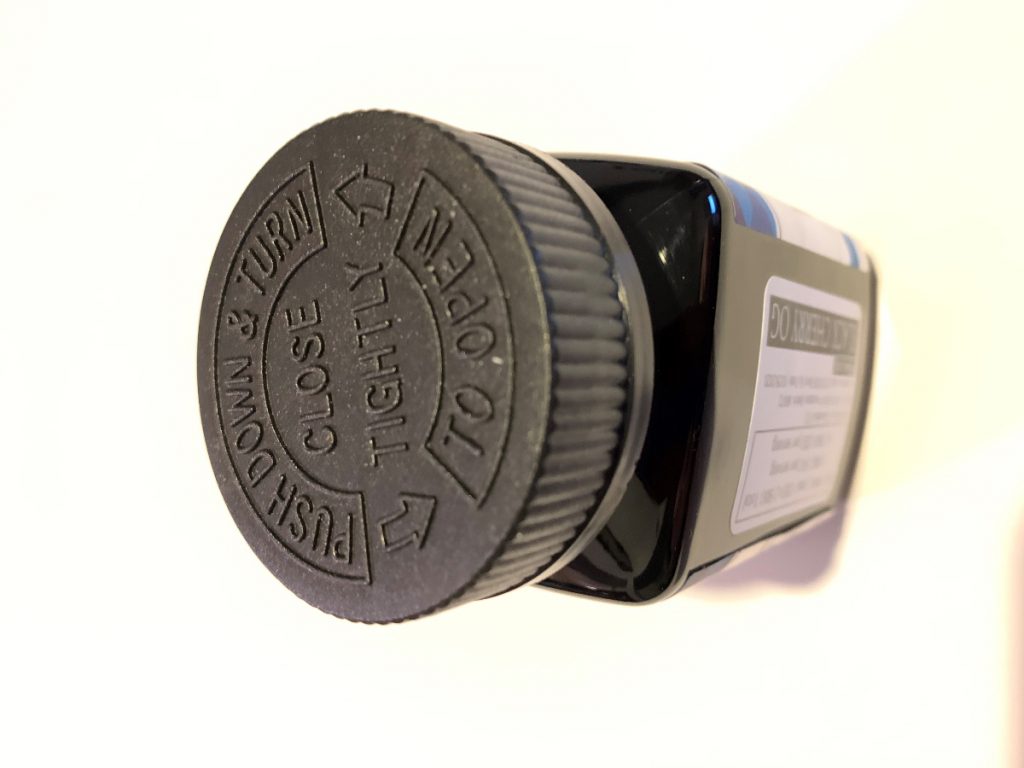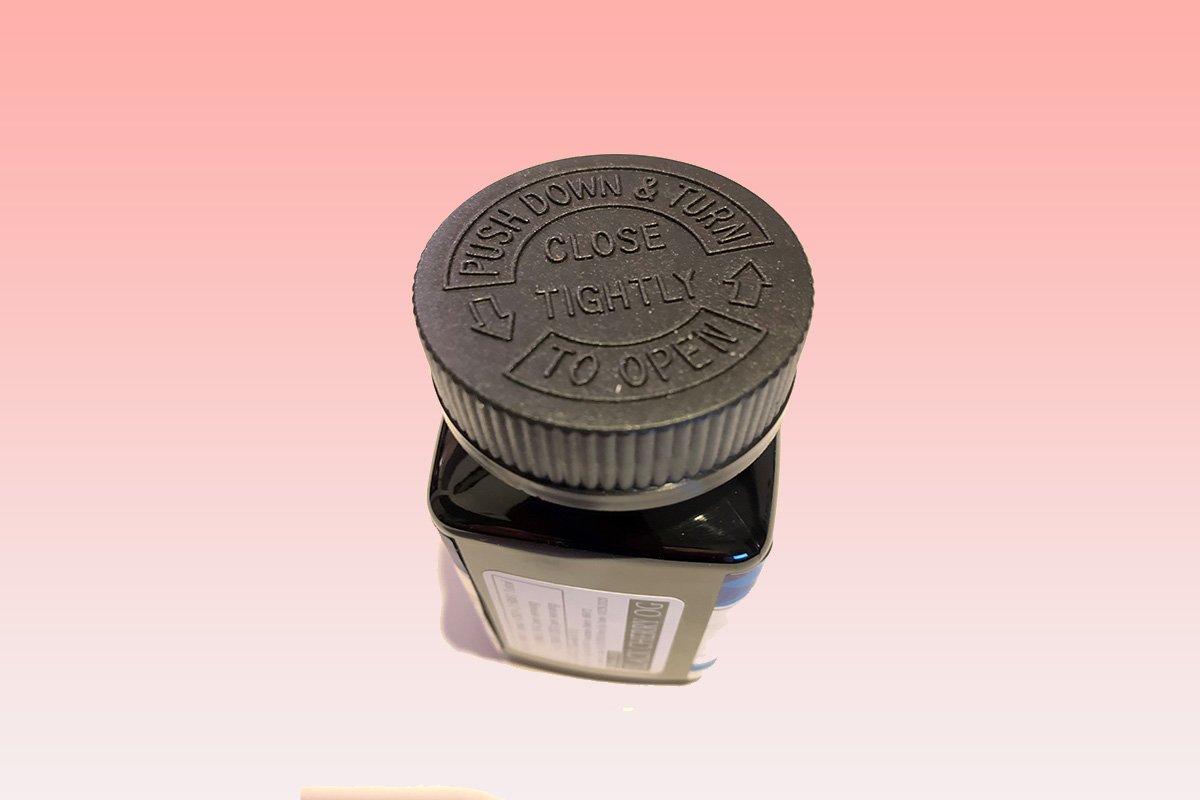
Hemp businesses walk a fine line when describing the health benefits of their products: Make a claim without evidence or wording that misleads consumers, and soon the legal fees will pile up.
The U.S. Food and Drug Administration has guidelines for acceptable claims to make on labels for dietary supplements – the closest fit for certain hemp products, although the FDA does not currently consider CBD or any other hemp extracts a dietary supplement.
Claims by dietary supplement makers often fall under what are called “structure/function” claims. Saying “calcium builds strong bones” is an example of a structure/function claim, according to the FDA. Another example would be, “Vitamin C supports a healthy immune system.”
“Structure/function is essentially when you would like to make a claim about how the ingredient or product affects a structure or function of a human being,” said Douglas Kalman, vice president of Scientific Affairs at Nutrasource, a company that helps brands with health product development and market entry.
But just because structure/function claims are allowed, it doesn’t mean companies get to fudge the truth.
The U.S. Federal Trade Commission, which oversees advertising and marketing, says “claims in advertisements must be truthful, cannot be deceptive or unfair, and must be evidence-based.”
The agency has already gone after CBD companies that claimed their products treated diseases including cancer, high blood pressure and Alzheimer’s.
Steering clear of legal action
Kalman, who spoke recently on a webinar on labeling claims, has this advice for companies to make sure what they say about their product can withstand legal scrutiny:
- Have a scientifically backed study so the results can be translated into structure/function claims, with substantiated evidence.
- Not every company can afford to conduct a study, or a finished product to do the study on, so promoting the effects of a particular ingredient using established research might be best option available. Still, Kalman urges companies to work with an attorney and any relevant agency to vet the claims before putting them on labels.
- Work with an accounting firm that understands the IRS tax codes that can be utilized by dietary supplement companies, including ingredients. Kalman said there are research and development tax credits available to help with certain expenses, such as salaries or equipment.
When making a structure/function claim, products must have a disclaimer reading: “This statement has (or These statements have) not been evaluated by the Food and Drug Administration. This product is not intended to diagnose, treat, cure, or prevent any disease.”
“The disclaimer must appear in bold type on the same display panel as the structure/function claim,” according to the American Herbal Products Association’s guidance.
Legal victory
The importance of proper labeling and research to substantiate a claim was highlighted this month in a federal case where a customer sued Target Corp. over a vitamin called biotin, which the retailer sold under its private label Up & Up.
Biotin was marketed as supporting healthy hair and skin. The plaintiff in the case bought it to help with hair loss, but he said he received no benefit.
The 9th Circuit Court of Appeals ruled in Target’s favor, with one judge writing that, “Simply put, manufacturers may make structure/function claims about a nutrient’s general role on the human body without disclosing whether the product will provide a health benefit to each consumer.”
Further, the court found that the claim regarding biotin was not misleading and that it was backed by scientific evidence and contained the proper disclaimer, according to Natural Products Insider, which reported the decision.
“This is a big win for the industry,” said Erica Stump, an attorney whose law firm represents food and dietary supplement companies.
“Now the 9th Circuit is out there saying that these are valid structure/function claims and they have been substantiated by competent, reliable, scientific evidence. It doesn’t matter that it didn’t work on this one person.”
Ivan Moreno can be reached at [email protected]
Medical Disclaimer:
The information provided in these blog posts is intended for general informational and educational purposes only. It is not a substitute for professional medical advice, diagnosis, or treatment. Always seek the advice of your physician or other qualified healthcare provider with any questions you may have regarding a medical condition. The use of any information provided in these blog posts is solely at your own risk. The authors and the website do not recommend or endorse any specific products, treatments, or procedures mentioned. Reliance on any information in these blog posts is solely at your own discretion.





